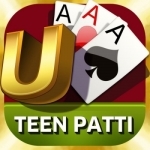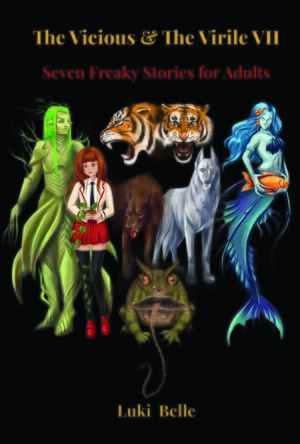
YuppTV - Live TV & Movies
Entertainment and News
App
Live TV, Catch-up TV, Movies, TV Shows, News, Bazaar - Short films, Web series, Music Videos YuppTV...

Einstein™ Brain Trainer HD
Games and Education
App
TOP PAID IPAD GAME: #1 in Italy, Spain, Netherlands, Switzerland, Austria, Belgium,... #2 in...

Gay Chat & Dating - Partner
Dating and Social Networking
App
Partner is a cool gay dating app for real communication only. Our superiority over other dating...

Ultimate Teen Patti — UTP
Games
App
Teen Patti is the most thrilling card game and Ultimate Teen Patti is the number one Teen Patti app...

Universalis
Lifestyle and Reference
App
Join the thousands of people who use Universalis daily! You will get: • The Catholic liturgical...

Vivino Wine Scanner
Food & Drink and Shopping
App
Buying wine in Vivino is simple and easy. Vivino has taken the guesswork out of wine shopping. ...

Classic Ludo Offline & Online
Games
App
NEW: Multiplayer Online with Facebook Friends available now. Calling all the kings of Ludo game,...

Call Break Plus
Games
App
Call Break is a strategic trick-based card game played by four players with a standard deck of 52...

The Vicious & The Virile VII: Seven Freaky Stories for Adults
Book
A collection of short horror stories, The Vicious and The Virile VII offers a captivating...
Dark Fantasy Short Story Collection
